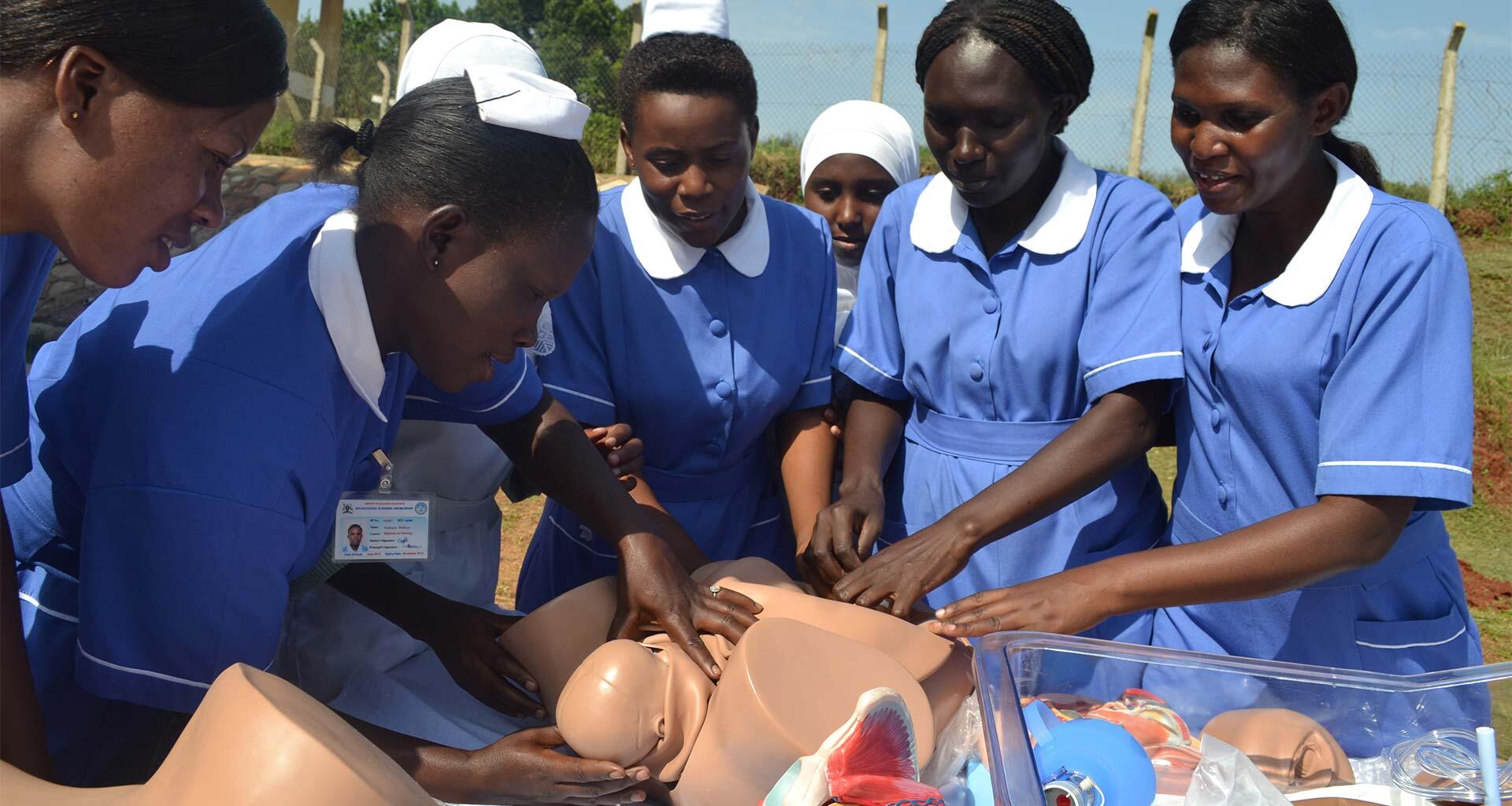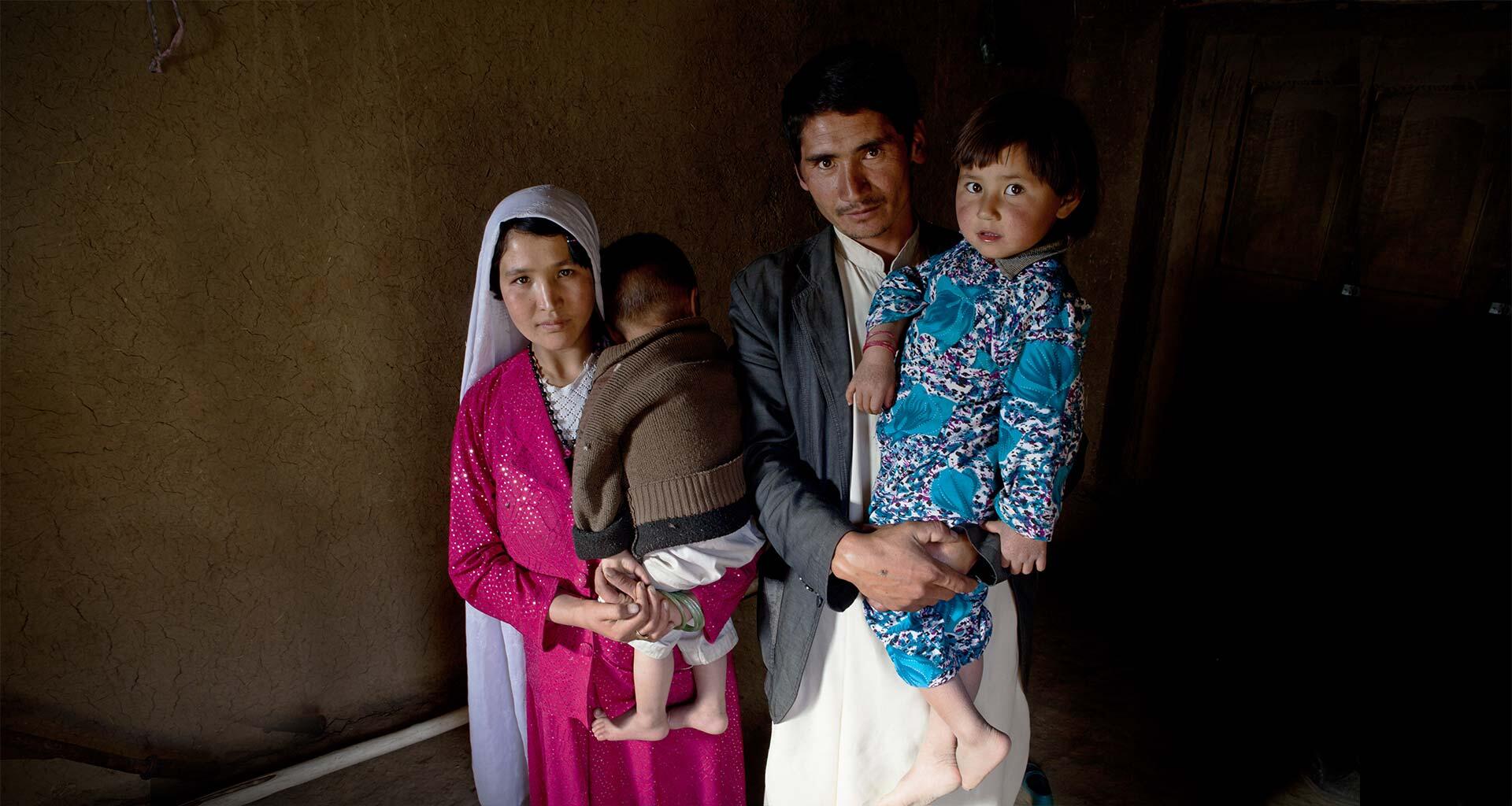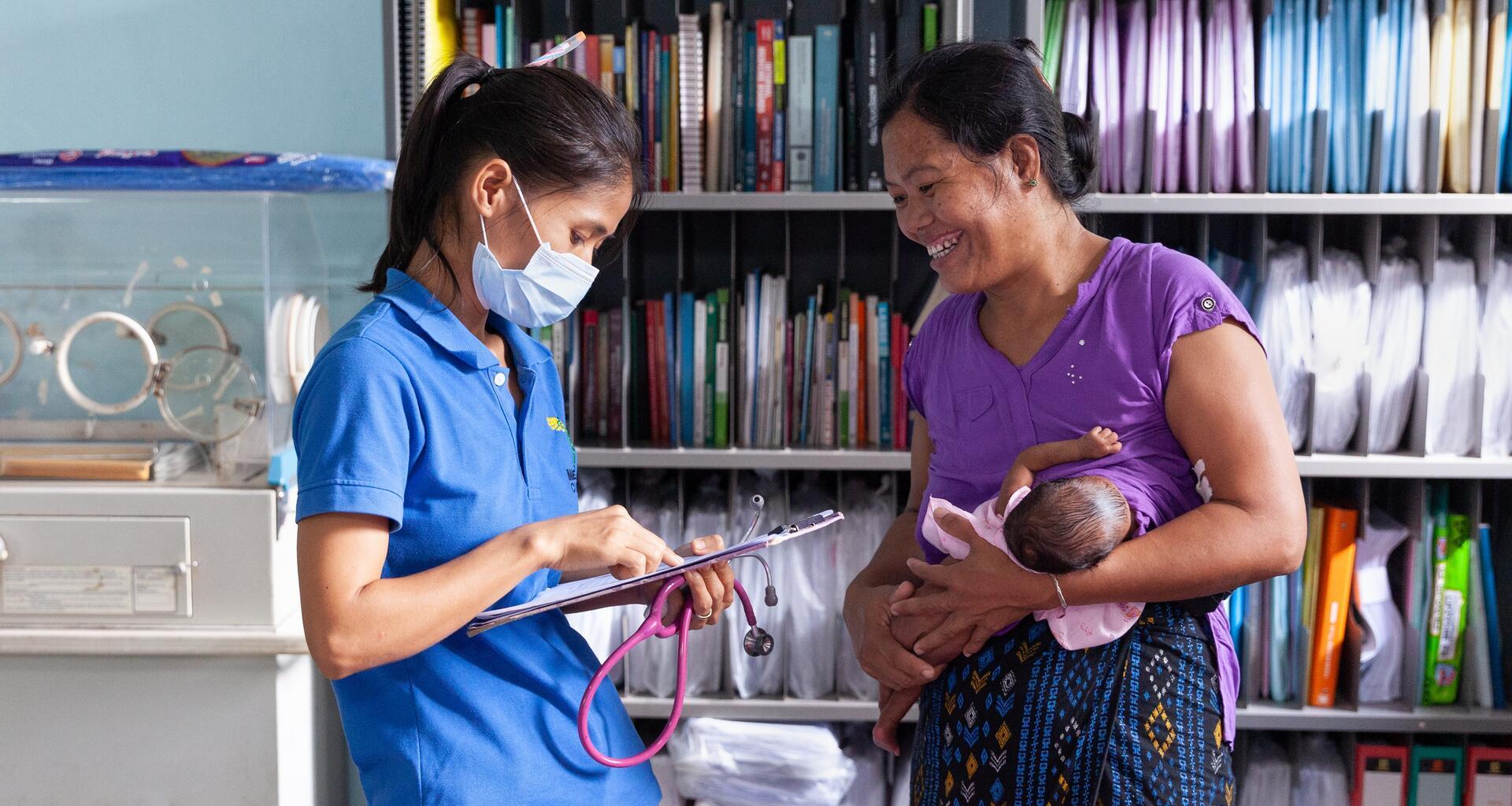According to the most recent data, approximately 800 women die every day from preventable causes related to pregnancy and childbirth. This is about one woman every two minutes. For every woman who dies, between 20 and 30 will experience injuries, infections or disabilities. Most of these deaths and injuries are entirely preventable. Making motherhood safer is a human rights imperative, and it is at the core of UNFPA’s mandate. UNFPA works around the world with governments, health experts and civil society to train health workers, improve the availability of essential medicines and reproductive health services, strengthen health systems, and promote international maternal health standards.
Significant strides, but not enough
Most maternal deaths are preventable. In 2017, an estimated 295,000 women died of causes related to pregnancy or childbirth. A majority of them died from severe bleeding, sepsis, eclampsia, obstructed labour and the consequences of unsafe abortions – all causes for which there are highly effective interventions. And the tragedy does not stop there: When mothers die, their families are much more vulnerable, and their infants are more likely to die before reaching their second birthday.
But significant reductions in maternal mortality are possible, and they are taking place. The global ratio has fallen from 342 maternal deaths per 100,000 live births in 2000 to 211 deaths per 100,000 live births in 2017. In many countries, maternal deaths have fallen as women have gained access to family planning and skilled birth attendance with backup emergency obstetric care. Some countries have halved their maternal deaths in the space of a decade.
But much more must be done. High rates of maternal mortality persist, particularly in impoverished communities. Of the hundreds of thousands of women who died during pregnancy or childbirth in 2017, approximately 86 per cent lived in sub-Saharan Africa and Southern Asia.
Working for the survival of mothers is a human rights imperative, and it is a development priority. The International Conference on Population and Development and the Millennium Development Goals called for achieving a 75 per cent reduction in maternal mortality between 1990 and 2015; this remains an unfinished agenda. The Sustainable Development Goals, also known as the Global Goals, call for bringing the global maternal mortality ratio down to 70 deaths per 100,000 live births by 2030. For countries, the target is no more than 140 deaths per 100,000 live births by 2030. Some South Asian countries and many sub-Saharan African countries are not on track to reach that target. The best way to achieve this ambitious target is to: ensure all women have access to contraception to avoid unintended pregnancies; provide all pregnant women with skilled and respectful care in a safe environment during delivery; and make sure women with complications have timely access to quality emergency obstetric care.
Antenatal care
Prenatal care is an important part of basic maternal health care. The World Health Organization (WHO) recommends expectant mothers receive at least eight antenatal care visits, in which a health worker can check for signs of ill health – such as underweight, anaemia, hypertension, or infection – and monitor the health of the fetus. During these visits, women are counselled on nutrition and hygiene to improve their health prior to, and following, delivery. UNFPA and the WHO strongly recommend they develop a birth preparedness and complication readiness plan, an essential component of antenatal care, which lays out how to receive care and what to do in case of an emergency.
Because these visits may be a woman’s first interaction with the health system, they are an important opportunity to assess her overall health, and to speak with her about her sexual and reproductive health and rights. They can be advised on choosing a modern contraceptive method appropriate for them and learn about the health benefits of spacing births and how to plan their families. They are also counselled on newborn care, post-delivery family planning and the importance of birth registration.
Nonetheless, the great majority of obstetric complications are unpredictable, arising with little or no warning among women with no risk factors. While antenatal visits may not prevent most complications, some can be identified and addressed in a timely manner, and women who receive antenatal care are more likely to deliver with the help of a skilled birth attendant who can recognize and address these issues.
Skilled birth attendance
Skilled attendance at birth, with emergency backup, is considered the most critical intervention for ensuring safe motherhood. Skilled birth attendants are health workers, such as doctors, nurses or midwives, who have the skills to manage normal deliveries and recognize the onset of complications. They perform essential interventions, start treatment, manage some basic complications and supervise the referral of other complications to comprehensive emergency care. Skilled attendance is also vital for protecting the health of newborns, as the majority of perinatal deaths occur during delivery or in the 48 hours afterward.
Skilled attendance requires an enabling environment, such as a clean delivery area with the necessary supplies and equipment. And skilled birth attendants must provide respectful care that takes into account the dignity of the pregnant woman. Unfortunately, many countries have severe shortages of trained health providers with midwifery skills.

Emergency obstetric care
Emergency obstetric care is critical to reducing maternal mortality. All five of the major direct causes of maternal death – haemorrhage, sepsis, unsafe abortion, hypertensive disorders and obstructed labour – can be treated at a well-staffed, well-equipped health facility. In such settings, most newborns with asphyxia or infection can also be saved.
In case of complications, all women and newborns should have rapid access to well-functioning emergency obstetric facilities that meeting good quality-of-care standards. And in the long term, all births should take place in appropriate facilities, as is the case in all countries that have managed to significantly reduce their maternal mortality.
Post-natal care
Post-natal care – provided within the first 24 hours of delivery, on the third day afterward, then in the second and sixth weeks – is as important as antenatal care. Bleeding, sepsis and hypertensive disorders can all occur after a woman leaves the health facility. Newborns are also extremely vulnerable in the immediate aftermath of birth.
UNFPA, WHO and UNICEF strongly recommend follow-up visits by a health worker to assess both mother and child in the post-natal period.
UNFPA at work
Making motherhood safer is a top priority for UNFPA. UNFPA works at all levels to promote universal access to sexual and reproductive health care and rights, including by promoting international maternal health standards and providing guidance and support to health systems.
UNFPA-supported programmes emphasize capacity development in maternal care, especially the strengthening of human resources, emergency obstetric and newborn care and respectful and human-centred quality care. Among its many programmes, UNFPA helps to train midwives, supports emergency obstetric and newborn care facilities and networks, and provides essential drugs and family planning services. UNFPA also supports the implementation of maternal death review and response systems, which help officials understand how many women are dying, why, and how to respond.
UNFPA additionally seeks to make pregnancy and childbirth as safe as possible in emergency settings. And UNFPA's work to prevent fistula is calling attention to health systems that are failing to meet the needs of women. UNFPA also supports fistula repair programmes, directly supporting over 129,000 surgeries and bringing relief to women and girls in need of treatment between 2003 and 2021.
Updated 1 May 2022







